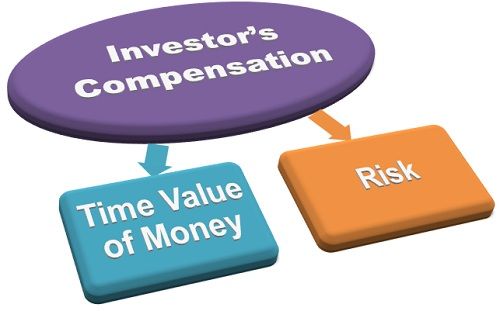Definition: The Capital Asset Pricing Model predicts the relationship between the risk of an asset and its expected returns.
The capital asset pricing model asserts that the investor should be compensated in two ways: Time value of money and the Risk. The time value of money means, the value of money today worth more than the value of the same amount in the future. Thus, an investor is compensated for employing a certain sum of money in a particular investment over a period of time. The Time Value of money is represented by “rf”i.e. A risk-free rate in the formula of CAPM.
The second part of the formula comprises of a risk; an investor should be compensated for the additional risk that he bears by placing his funds in a particular investment. The Risk is represented by beta (β) that compares the returns on asset for a particular time period against the market premium (Rm-Rf).
The Capital Asset Pricing is given by the following equation:
ra = rf +β (rm-rf)
Where,
ra = return on asset
rf = risk-free rate
β = risk premium
rm = market rate of return
Assumptions of Capital Asset Pricing Model
- Investors are risk averse, i.e. they place funds in the less risky investments.
- All investors have the same expectations from the market and are well informed.
- No investor is big enough to influence the price of the securities.
- The market is perfect: There are no taxes, no transaction costs, securities are completely divisible, and the market is competitive.
- Investors can borrow and lend unlimited amounts at a risk-free rate (zero bonds).
Generally, the capital asset pricing model helps in the pricing of risky securities, such that the implications of risk and the amount of risk premium necessary for the compensation can be ascertained.


Leave a Reply